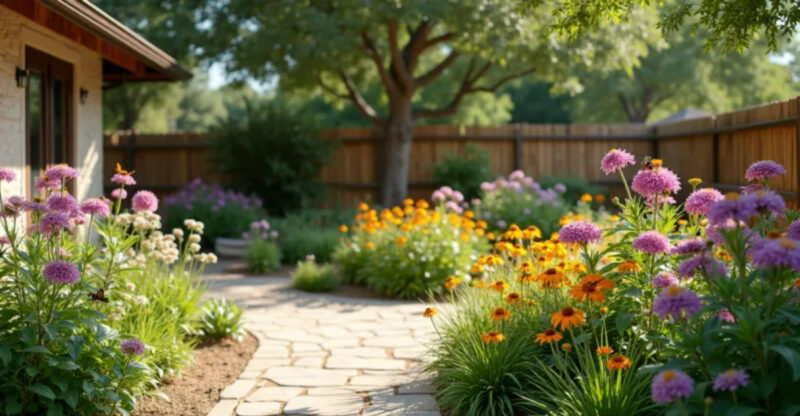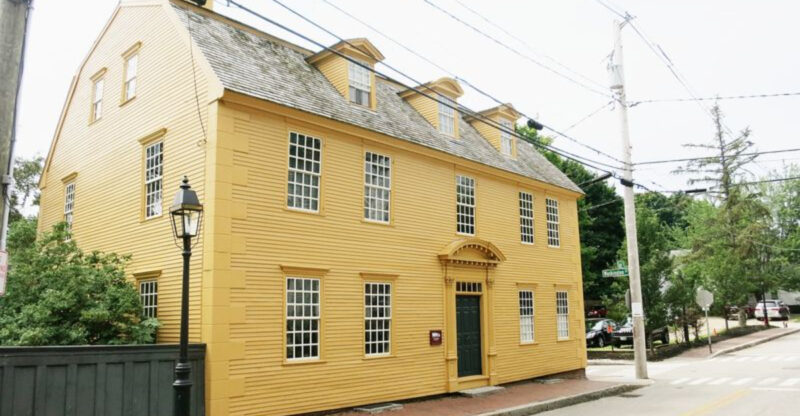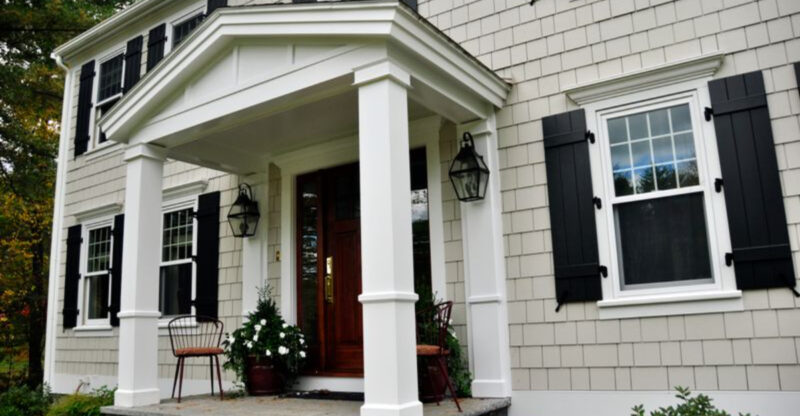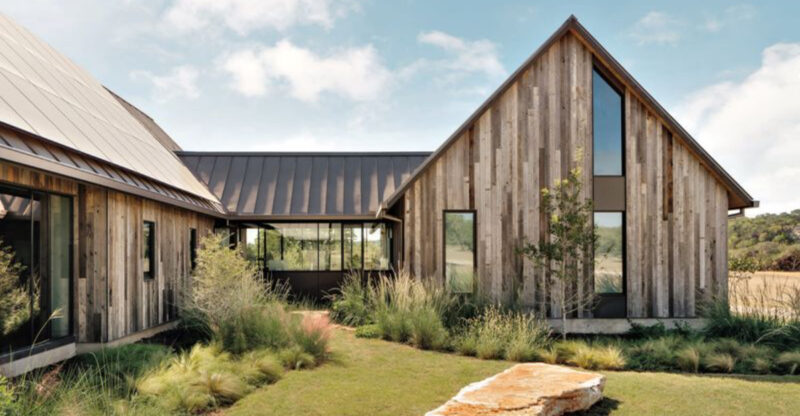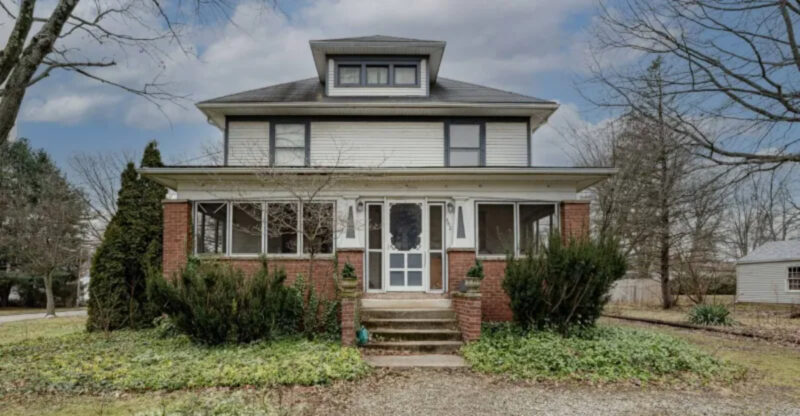6 Front Yard Elements That May Be Considered Eyesores Without You Realizing It
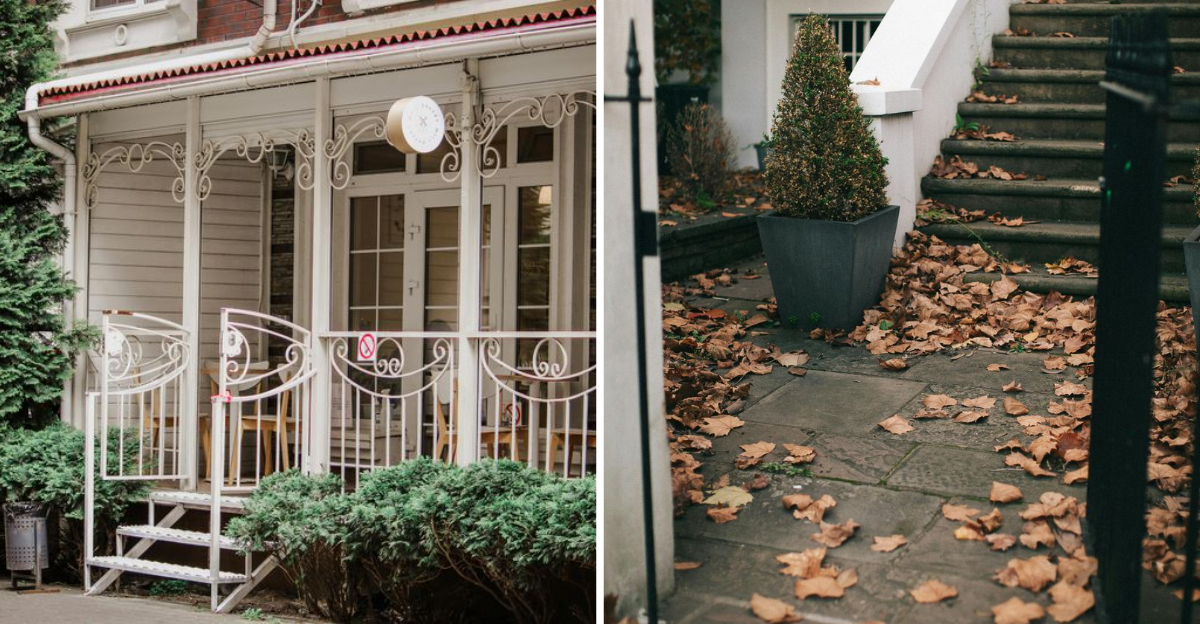
Your front yard creates that crucial first impression of your home. While you might think everything looks fine, certain elements could be detracting from your property’s curb appeal without you even noticing.
These common front yard features often blend into our daily landscape, becoming invisible to us while visitors and neighbors see them clearly. Let’s explore six front yard elements that might be secretly sabotaging your home’s appearance.
Keep in mind, the impact of these features may vary depending on your yard’s layout, location, and personal style.
1. Overgrown Bushes
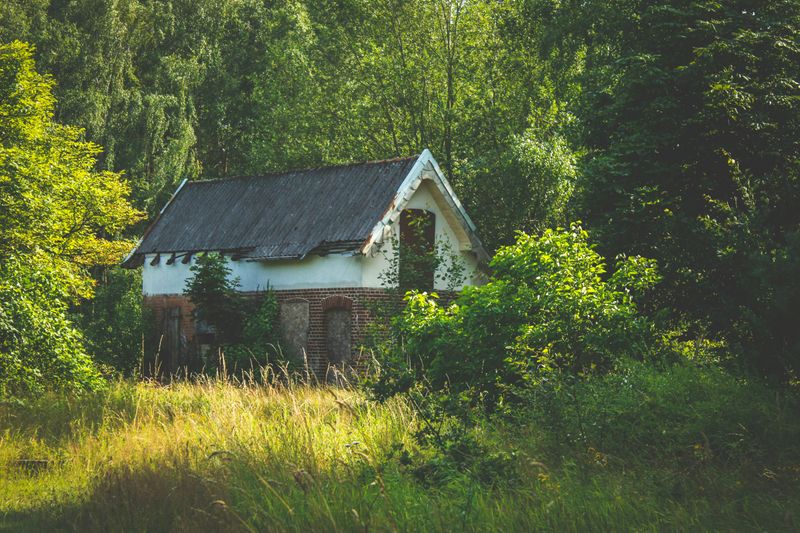
Wild, unruly shrubs quickly transform from charming greenery into shapeless monsters that swallow walkways and windows. I’ve noticed how easily bushes can grow several inches each month during peak seasons, eventually blocking light and making homes appear abandoned or neglected.
Maintenance doesn’t require professional landscaping skills. Simply trimming bushes back from windows, doors, and walkways creates an immediate improvement. A good rule is keeping shrubs below window sills and away from your home’s foundation by at least 2-3 feet.
If your bushes have become overwhelmingly large, consider a more dramatic pruning or even replacement with slower-growing varieties that match your home’s architecture. Native species often require less maintenance while providing better habitat for local wildlife.
2. Faded Lawn Ornaments
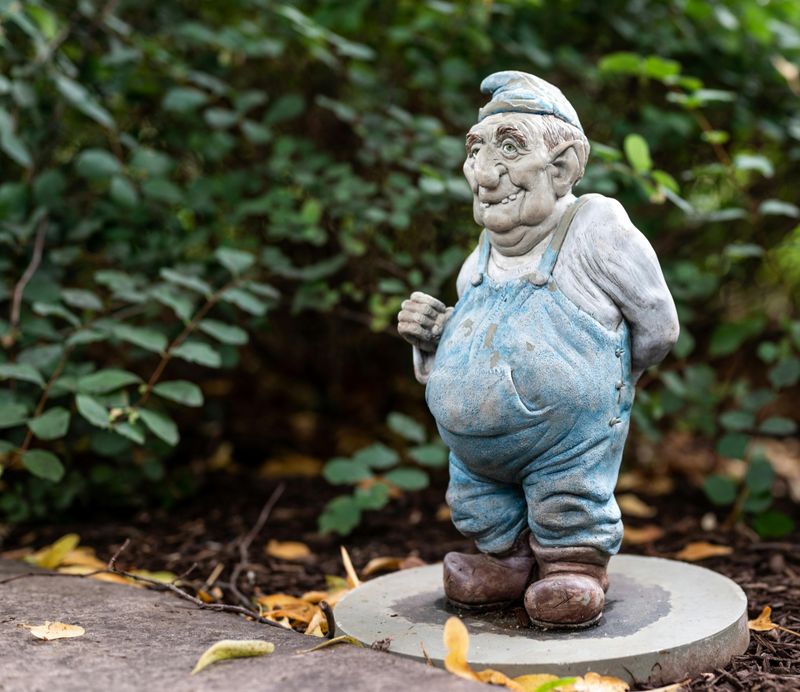
Remember those cheerful garden gnomes and colorful windmills you installed years ago? Time and weather have likely transformed them into sad, faded versions of their former selves. Sun exposure bleaches colors, while rain and snow crack plastic and chip paint, leaving once-charming decorations looking tired and cheap.
Walking through your yard with fresh eyes helps identify which ornaments have passed their prime. I recommend removing any decorations with visible damage or significant color fading. Quality over quantity makes a tremendous difference one well-maintained sculpture creates more visual impact than multiple weathered pieces.
If you’re attached to certain ornaments, consider refreshing them with outdoor paint or moving them to less prominent garden areas where their condition won’t be as noticeable from the street.
3. Peeling Fence Paint
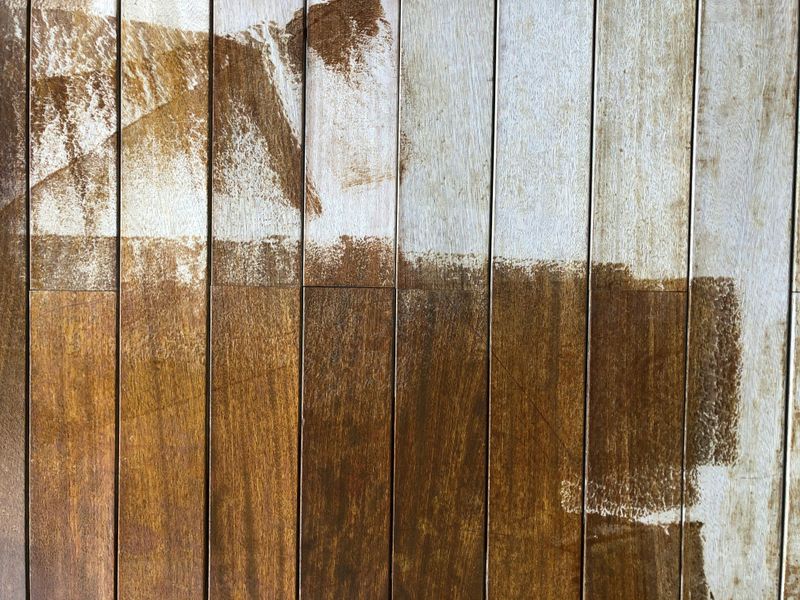
Nothing ages a property faster than a fence with peeling, flaking paint. This eyesore creates an immediate impression of neglect, even if the rest of your yard looks immaculate. Weather exposure gradually breaks down paint coatings, causing unsightly bubbling and peeling that worsens over time.
Addressing this issue requires more than just slapping on a new coat of paint. I’ve learned that proper preparation makes all the difference in longevity. Scraping loose paint, sanding rough areas, and applying primer before painting ensures better adhesion and longer-lasting results.
For wooden fences, consider using stain instead of paint for your next application. Quality stains penetrate the wood rather than sitting on the surface, reducing the likelihood of future peeling while protecting against moisture damage and rot.
4. Cluttered Front Porch
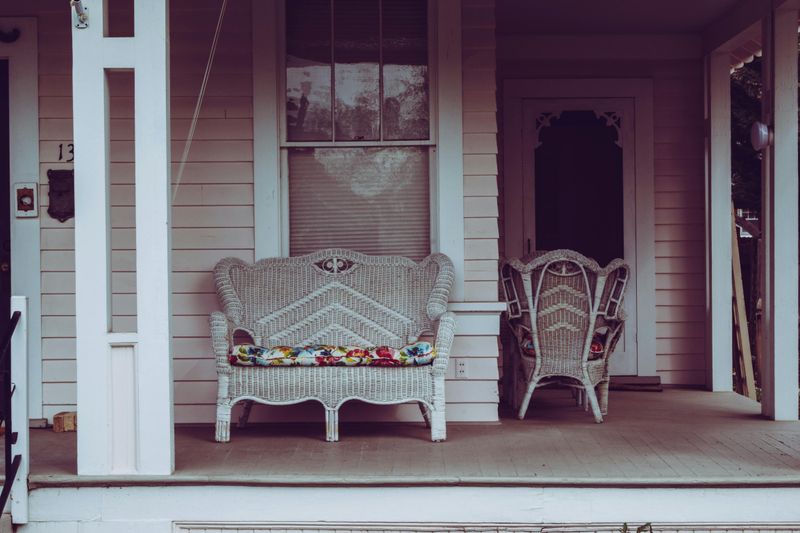
A front porch often becomes the default storage area for items we use frequently shoes, sports equipment, seasonal decorations, and dead plants nobody had the heart to throw away. Without realizing it, this collection of everyday items creates a chaotic first impression that diminishes your home’s appeal.
Evaluating your porch with objective eyes helps identify which items truly belong there. I suggest limiting decorative elements to just 3-5 pieces that complement your home’s style. Storage solutions like decorative bins, benches with hidden compartments, or wall hooks keep necessary items organized while maintaining visual harmony.
Are seasonal decorations lingering past their prime? Commit to removing holiday items within one week after the celebration ends. This simple habit prevents the accumulation of outdated decor that makes your entrance look forgotten.
5. Cracked Walkway
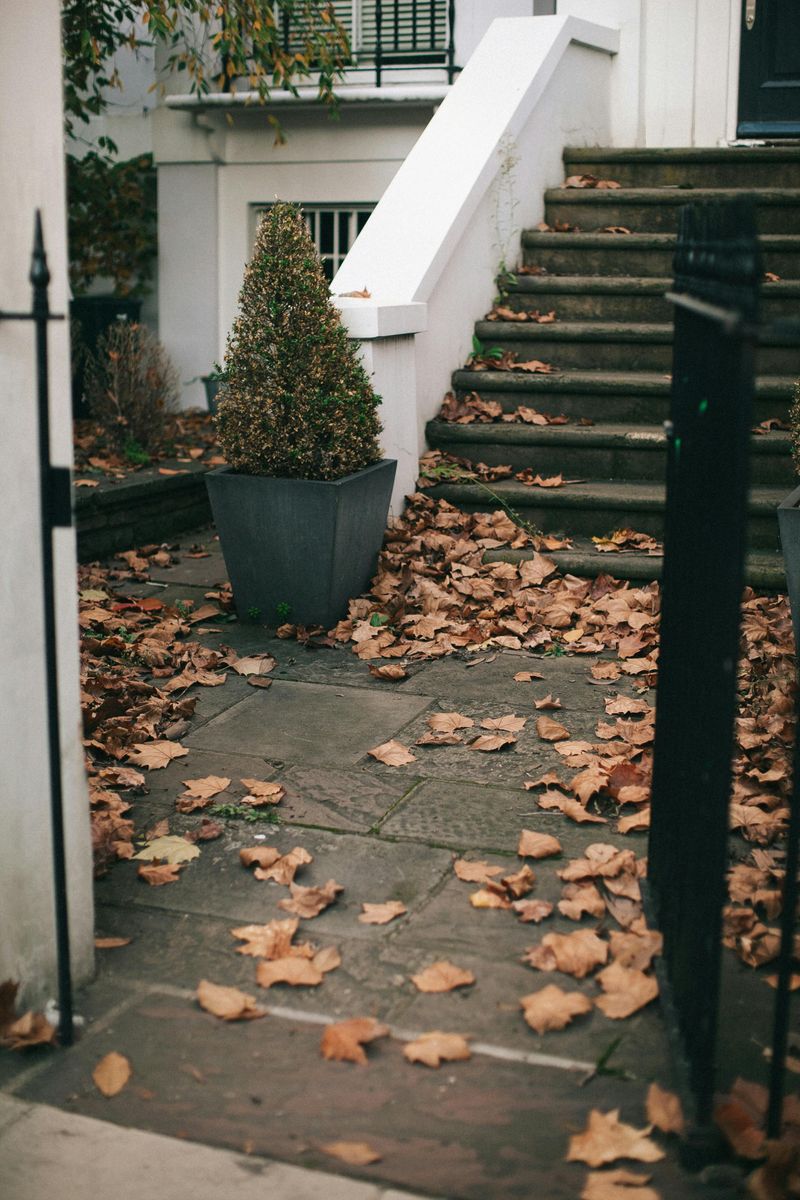
Those hairline cracks you’ve been ignoring in your front walkway are telling visitors a story about your home and it’s not a flattering one. Water seeps into these fissures, freezing and expanding during winter months, gradually turning minor cracks into major hazards that collect dirt and sprout weeds.
Fixing smaller cracks early prevents more expensive repairs later. Concrete patching compounds from any hardware store can fill minor damage, while severe cases might require professional attention. If your walkway has multiple issues, consider whether a complete replacement with pavers or stamped concrete might be more cost-effective long-term.
Did you know that power washing can dramatically improve even damaged walkways? Removing years of accumulated dirt often reveals a much better-looking surface underneath those stains, buying you time before a full replacement becomes necessary.
6. Unkempt Flower Beds
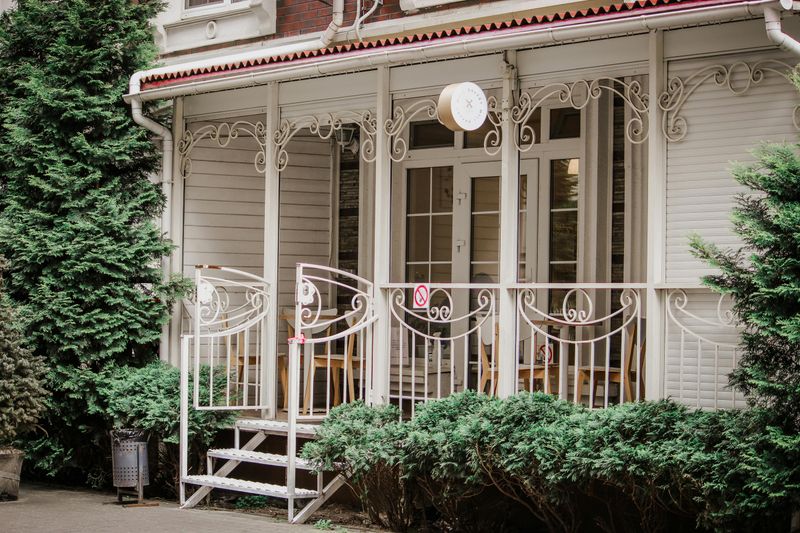
Forgotten flower beds quickly transform from garden showpieces into weed-filled patches that drag down your entire yard’s appearance. Half-dead perennials, empty spots where annuals weren’t replaced, and encroaching grass create a disheveled look that suggests neglect rather than deliberate design.
Refreshing beds doesn’t always mean starting over. Strategic pruning of existing plants, adding fresh mulch, and defining crisp edges between lawn and garden areas creates immediate visual improvement. When planting, I recommend choosing varieties with similar water and sunlight needs to ensure consistent growth throughout the bed.
Mulch serves multiple purposes beyond appearance it suppresses weeds, retains moisture, and adds nutrients to the soil as it breaks down. A fresh 2-3 inch layer applied annually keeps beds looking intentional while reducing maintenance time spent pulling weeds throughout the growing season.

